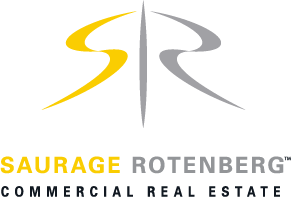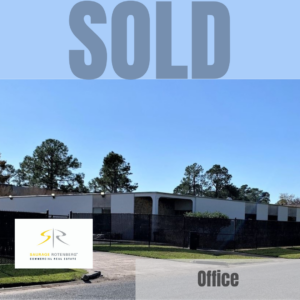By Jim Allen, Sales and Leasing Agent for Saurage Rotenberg Commercial Real Estate
Cash flow analysis is an important tool to evaluate an income-producing property. The input information includes; space for rent, rental rate, vacancy percentages, operating expenses, reserve for replacement expense, and rollover expense.
Space for rent is total or net leasable space. Since all units are not equal in size, the space is referred to in total square feet available for rent. Space must reflect gross area (including hallways, restrooms, etc.) or net usable, permitting a comparison with other buildings.
Rental rate needs to represent average rental rate per square foot. You also need to consider the location and purpose of space (penthouse, basement, etc.).
Not every space is always rented. Space may be under renovation or between tenants. The normal approach is to represent that vacant space as a percent of total rent-able square feet.
Operating expenses include utilities, taxes, management fees, maintenance, insurance, legal fees, and marketing. Some expenses may be passed on directly to tenant. In a gross rental rate, the building owner pays all expenses. In a net lease, some of the expenses or passed on to tenant. Most owners and lenders like net leases, because risk of cost increases can be passed on to tenant.
Other expenses to budget include replacement expenses and rollover expenses. Replacement expenses may include appliances, air conditioning, and roof. Even if there is not a sinking fund to cover these expenses, it should be calculated on a per square foot basis. Rollover expenses include cost of renovations and redecorating to entice existing tenant to renew a lease or the cost to attract a new tenant (including real estate commissions).
These are considerations the owner and lender need to consider in determining the value of a property or determining profitable leasing rates. The parameters can also be useful in comparing the performance of the property with comparable rental properties in the market. The cash flow can also be used to calculate the net operating income (NOI) to compute the capitalization rate (Cap Rate) of a property. The price of a property is divided into the NOI to calculate the Cap Rate. The Cap Rate of a property reflects the return to investors for an investment with similar risks.
Jim Allen earned his bachelor’s degree from Baylor University in Waco, Texas and his masters from Louisiana State University. In addition to his multiple degrees he has taken numerous coursework in banking, marketing, accounting, and business law. As a complement to his sales experience, Jim also has 30 years experience in commercial real estate financing.
Saurage Rotenberg Commercial Real Estate is a member of the Baton Rouge Area Chamber of Commerce (BRAC); the West Baton Rouge Chamber of Commerce; the Baton Rouge Better Business Bureau; the Louisiana Commercial Data Base (LACDB); and the International Council of Shopping Centers (ICSC). Several agents, on an individual basis, are members of the Society of Industrial and Office Realtors® (SIOR), the Certified Commercial Investment Member Institute (CCIM); the National Association of REALTORS® (NAR); and the Greater Baton Rouge Association of REALTORS® Commercial Investment Division (CID).





